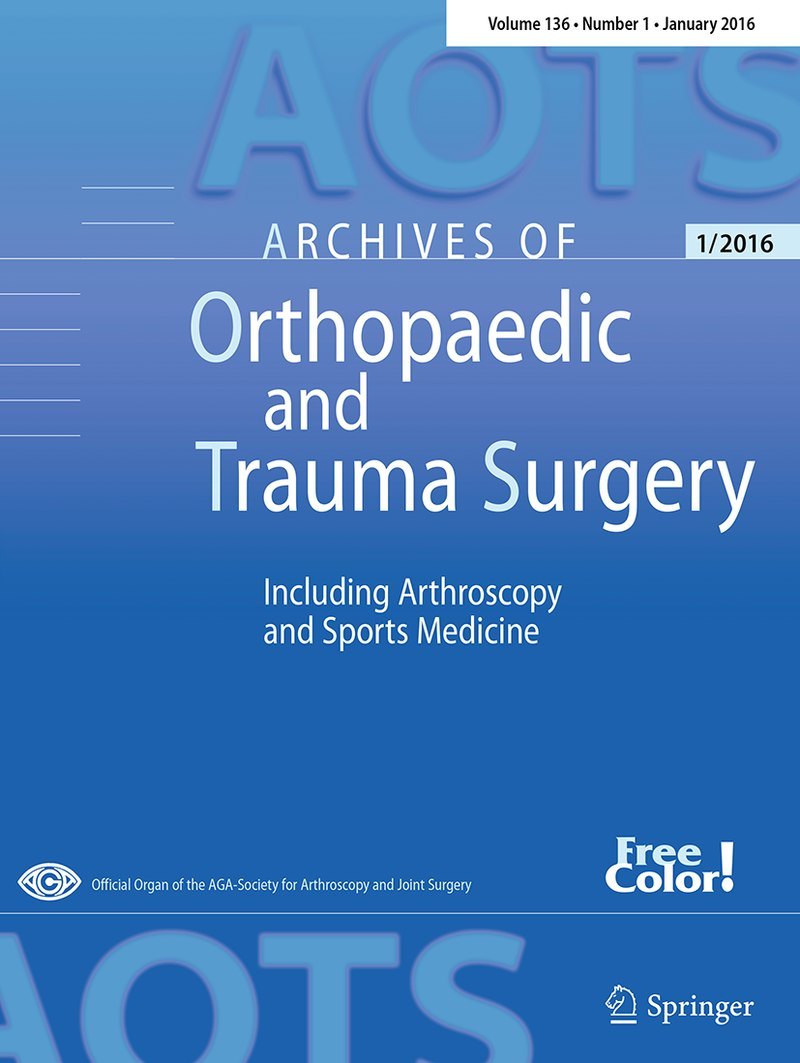
Leukocyte-poor PRP may improve outcomes following arthroscopy for knee osteoarthritis

Leukocyte-poor PRP may improve outcomes following arthroscopy for knee osteoarthritis
Does intraoperative application of leukocyte-poor platelet-rich plasma during arthroscopy for knee degeneration affect postoperative pain, function and quality of life? A 12-month randomized controlled double-blind trial
Arch Orthop Trauma Surg. 2015 Jul;135(7):971-7.Did you know you're eligible to earn 0.5 CME credits for reading this report? Click Here
Synopsis
Fifty eight patients with osteoarthritis (OA) were randomized to receive arthroscopic treatment with or without intra-operative leukocyte-poor platelet-rich plasma (LP-PRP) injection. The goal of this study was to determine if there were any benefits to the added PRP intervention in terms of pain, function, or quality of life. The primary outcome of interest was pain as measured at 6 months after...
To view the full content, login to your account,
or start your 30-day FREE Trial today.
FREE TRIAL
LOGIN
Forgot Password?
Explore some of our unlocked ACE Reports below!

Learn about our AI Driven
High Impact Search Feature
Our AI driven High Impact metric calculates the impact an article will have by considering both the publishing journal and the content of the article itself. Built using the latest advances in natural language processing, OE High Impact predicts an article’s future number of citations better than impact factor alone.
Continue



 LOGIN
LOGIN

Join the Conversation
Please Login or Join to leave comments.